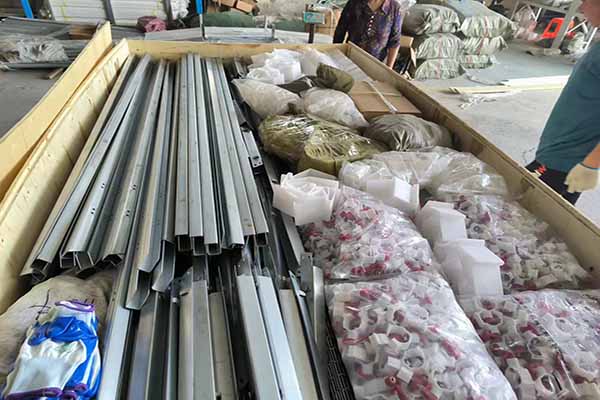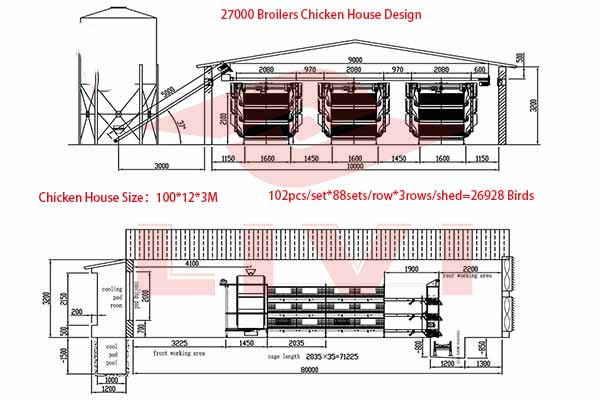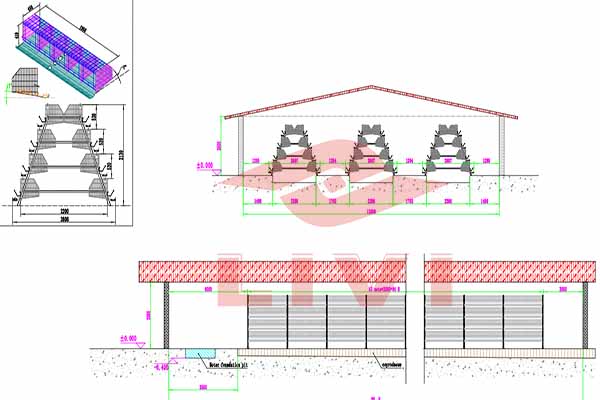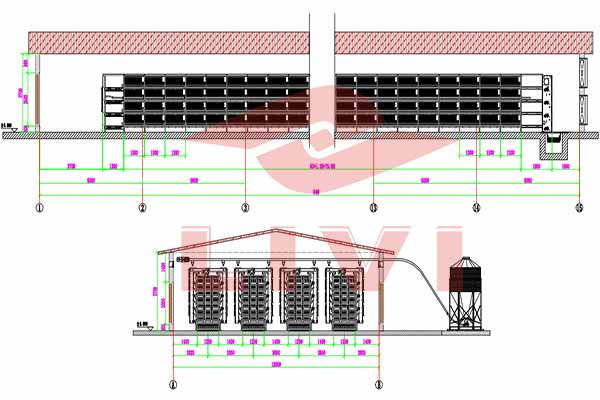Optimizing Water Supply for a 200,000 Chicken Farm in Kenya: An Overview of the Poultry Water Line System
Effective water management is crucial in the poultry industry, especially for large-scale farms like the 200,000 chicken operation in Kenya. A well-designed poultry water line system is essential for maintaining the health and productivity of the flock. In this article, we will explore the key considerations and components of a poultry water line system tailored for a 200,000 chicken farm in Kenya.
Key Components of a Poultry Water Line System
- Water Source: A reliable water source is the foundation of any poultry water line system. This could be a well, borehole, or even a nearby river or lake.
- Pumping Station: A pumping station is required to transport water from the source to the farm. The size and capacity of the pump will depend on the water source and the farm’s requirements.
- Water Storage: A storage tank is necessary to ensure a consistent water supply during peak consumption periods. The size of the tank should be determined based on the total water demand of the farm.
- Water Distribution Network: The distribution network includes pipelines, valves, and connectors that deliver water to the chicken houses. It should be designed to minimize pressure losses and ensure even distribution.
- Water Quality Monitoring: Regular monitoring of water quality is essential to prevent disease outbreaks and ensure the health of the chickens.
Design Considerations for a 200,000 Chicken Farm
When designing a poultry water line system for a 200,000 chicken farm, several factors must be taken into account:

- Water Demand: Estimate the daily water consumption of the chickens. On average, each chicken requires about 0.5 to 1 liter of water per day.
- Water Pressure: Ensure that the water pressure is sufficient to deliver water to all parts of the farm, especially during peak consumption times.
- System Reliability: Design the system to minimize downtime and ensure continuous water supply. This may involve redundant components and regular maintenance schedules.
- Water Conservation: Implement water-saving measures to reduce consumption and minimize environmental impact.
For a 200,000 chicken farm, the following specifications might be considered:
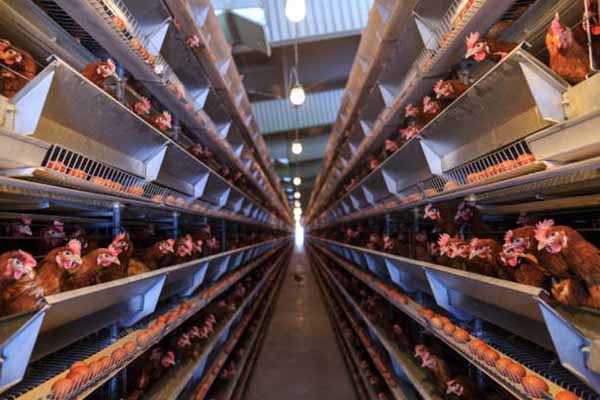
| Component | Specification |
|---|---|
| Water Source | Well or borehole with a minimum yield of 500 liters per minute |
| Pumping Station | Centrifugal pump with a flow rate of 1,000 liters per minute and a head of 50 meters |
| Water Storage | Storage tank with a capacity of 1,000 cubic meters |
| Water Distribution Network | PVC pipes with a diameter of 100 mm to 150 mm |
Implementing a well-designed poultry water line system for a 200,000 chicken farm in Kenya can greatly enhance the farm’s productivity and profitability.
Contact Us for Free Poultry Farm Design and Equipment Quotation
Are you considering setting up a large-scale poultry farm in Kenya? Contact us today to get a free, customized poultry farm design and equipment quotation. Our team of experts will help you create an efficient and sustainable water management system for your farm.
